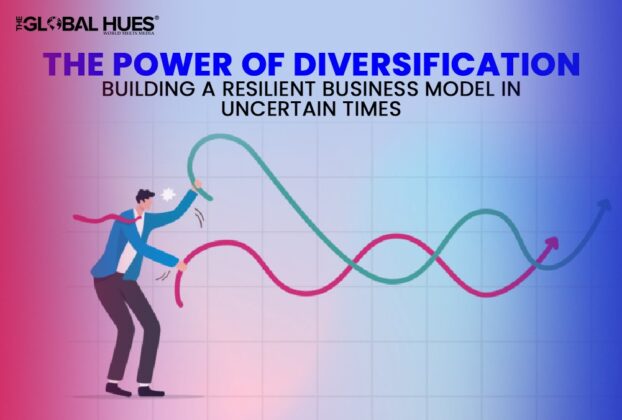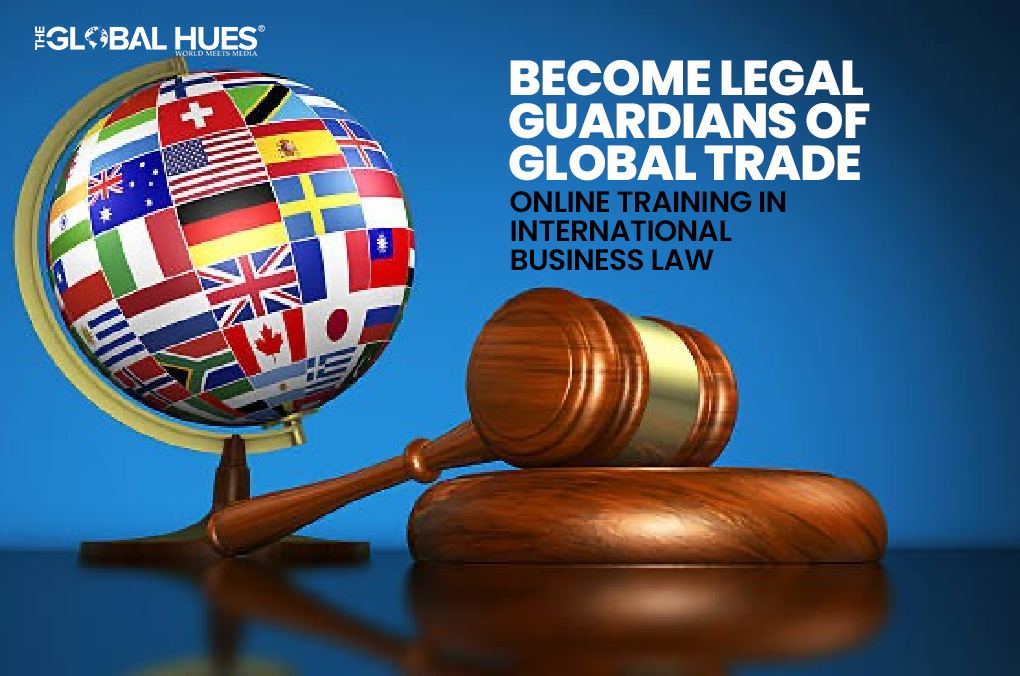Business
The Power of Diversification: Building a Resilient Business Model in Uncertain Times
“It’s never good to put all of your efforts and all of your time and all of your financial resources into just one project. Diversification is key for any individual and any business.” — Paul Heyman Diversification in business is vital for companies wishing to stand the test of time and achieve long-term growth. Statistics […]
Can Hobbies Shape Decision Making?
Being a leader is a tough nut to crack. From taking major corporate decisions to driving the workforce and company’s resources towards strategic goals, it is a 24×7 job. The constant pressure and demanding nature of corporate responsibilities can take a toll on even the most seasoned executives, leading to decision fatigue. It’s in this context […]
Technology
Is Deepfake Technology Putting Your Privacy At Risk?
The rise of deepfakes is alarming. A lot of actresses like Rashmika Mandanna, Katrina Kaif, Priyanka Chopra and Kajol fell prey to deepfakes recently. Even Prime Minister Narendra Modi hasn’t been spared, with a manipulated video of him doing Garba. The increase in deceptive content stems from the rapid evolution of deepfake technology, a form […]
Wearable Technology To Keep Your Health In Check In Office
Technology is advancing by leaps and bounds, with a constant stream of smart products entering the market. Now, everything has become smart smartphones and smartwatches to smart TVs. Amid this tech revolution, a new concept is gaining popularity– Wearable Technology. As the name suggests, these are technological devices designed to be worn on the body. […]
Health
Meditation: The Ultimate Solution To Entrepreneur’s Stress
Every entrepreneur encounters dips along their journey. They can only reach their greatest potential through facing difficult challenges. While challenges and a hard-working attitude often lead an entrepreneur to success, they can lead to burnout, stress, anxiety, depression, and a multitude of other health issues as well. Fortunately, there are a number of relaxing activities […]
Supporting a Loved One Through Mental Health Treatment: 7 Tips for Families
Life can feel like a rollercoaster—there are ups, downs, twists, and turns. Sometimes, it even makes you want to scream or cry. It’s completely understandable! However, if feelings of isolation, anxiety, or sadness persist, it may indicate a mental health concern that requires medical attention and family support. As per a report by the World […]
Women
Suman Shanbhag: The Co-Working Pioneer
“We want to help startups and budding entrepreneurs to work in our space with the least financial burden.” Suman Shanbhag (Founder, Kickstart Workhubs) The Indian Co-working Office Space market size is estimated to be at USD 1.94 billion in 2024 and will reach USD 2.72 billion by 2029, growing at a CAGR of 7% during […]























































